Rescue team had 2 days to save koala population from bushfires
A population of koalas threatened by a raging bushfire in the Blue Mountains had such scientific significance, a specialised team of rescuers was sent into the line of fire to save the marsupials from nine-story high trees — but they only had two days to do it.
NSW
Don't miss out on the headlines from NSW. Followed categories will be added to My News.
It was one of many untold stories of heroism from our bushfire season — a crack rescue squad given just two days to save the state’s most important koalas from a bushfire in the Blue Mountains.
And not only was it a success, now they have been able to return the marsupials back home after a three-month secret zoo stay.
The clan of koalas from the Kanangra-Boyd National Park, near the Jenolan Caves west of Sydney, is vital because they could hold the key to eradicating a sexually transmitted disease from the species.
But they would have almost certainly perished during the state’s worst ever bushfire season without a daring and dangerous treetop rescue mission in December.
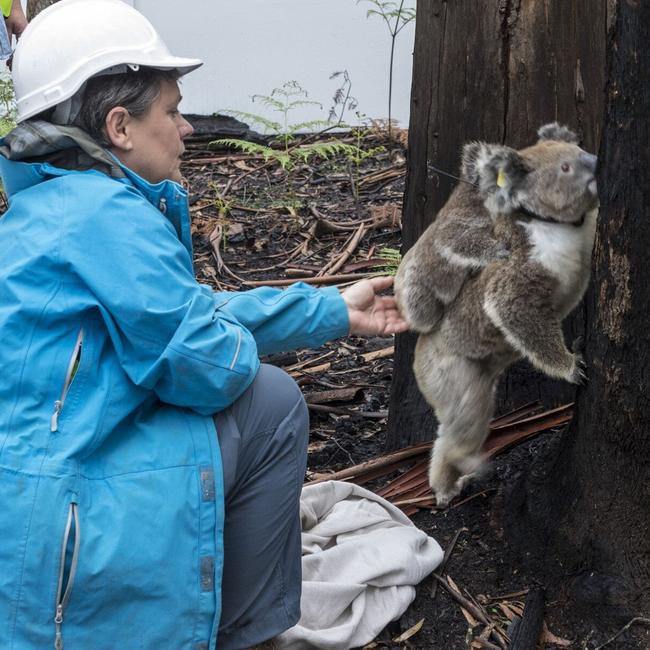
‘Hell on earth’: Untold story of the Battle of Balmoral
Public schools not given ‘enhanced’ clean for COVID-19
The koala population in the Kanangra-Boyd National Park is one of just two populations in the state without chlamydia.
Scientists have hypothesised the koalas may have a rare immunity to the sexually transmitted epidemic that is wiping out the species, in which case they could hold crucial clues to long-term survival.
The population’s scientific significance warranted a mercy dash into the line of fire to retrieve the koalas from 40m-high trees.
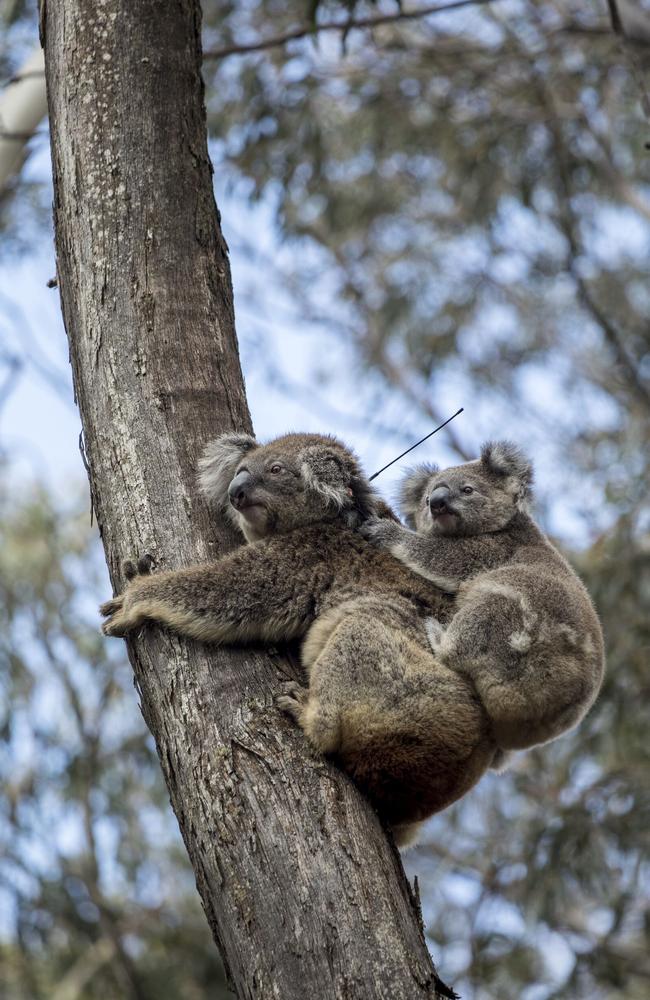
Firefighters focused on saving lives and homes reluctantly decided they could not extinguish an inferno in the remote terrain where the koalas lived because it was too far from the threatened rural villages of Hampton, Lowther and Megalong.
“The fire was coming from the south and burning the whole national park towards these koalas,” biologist and conservation group Wildlife For Science founder Kellie Leigh said.
“My fear was we would lose the most genetically diverse population of koalas in Australia.”
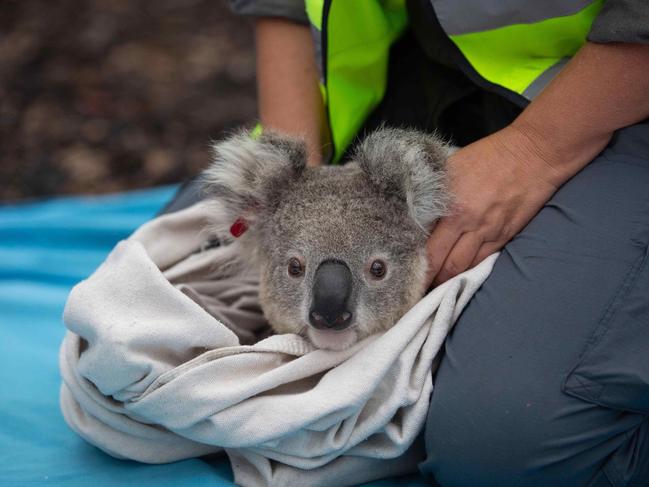
But, to the surprise and relief of scientists, environment bureaucrats and NSW Rural Fire Service top brass gave permission for wildlife workers to race in ahead of the fire front and rescue as many koalas as they could.
Permission was granted under a strict 48-hour time frame before the fire made it too dangerous to be in the bush.
Six trackers found koalas wearing VHF radio collars but the trees in the Kanangra-Boyd National Park are so tall that specialist climbers were required to retrieve them.

The climbers were forced to use slingshots to fire ropes into the forks of towering trees between 30 and 40 metres tall, which they used to hoist themselves up.
From the canopy, the climbers used towels on the end of extendible poles to shoo the koalas down the tree and into the safe hands of wildlife workers.
The koalas have spent the past three months in a pen at Taronga Zoo off-limits to visitors and as far away as possible from the roars and screeches of exotic animals likely to frighten the native guests.
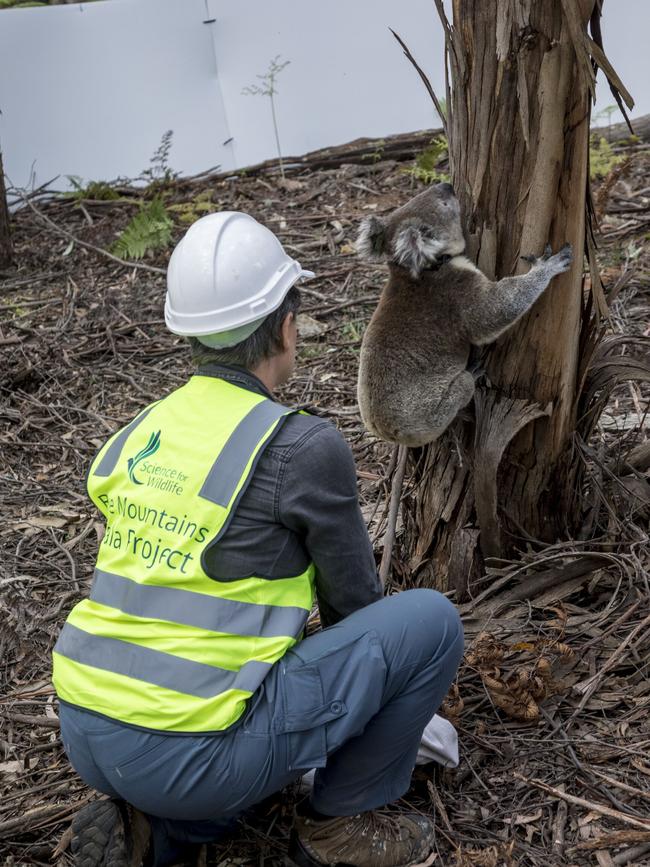

The rescue mission netted eight adults and four joeys, although one of the adults was in the very early stages of pregnancy and has since given birth.
The koalas would have died from the bushfire if they weren’t rescued.
“The fire went through and burnt out the bush where we took them out from,” Ms Leigh said.
“If they didn’t die in the fire they would have died from starvation and smoke inhalation.”
Two weeks ago scientists determined there were enough new shoots sprouting from blackened gums for koalas to live on and the decision was made to return them home.
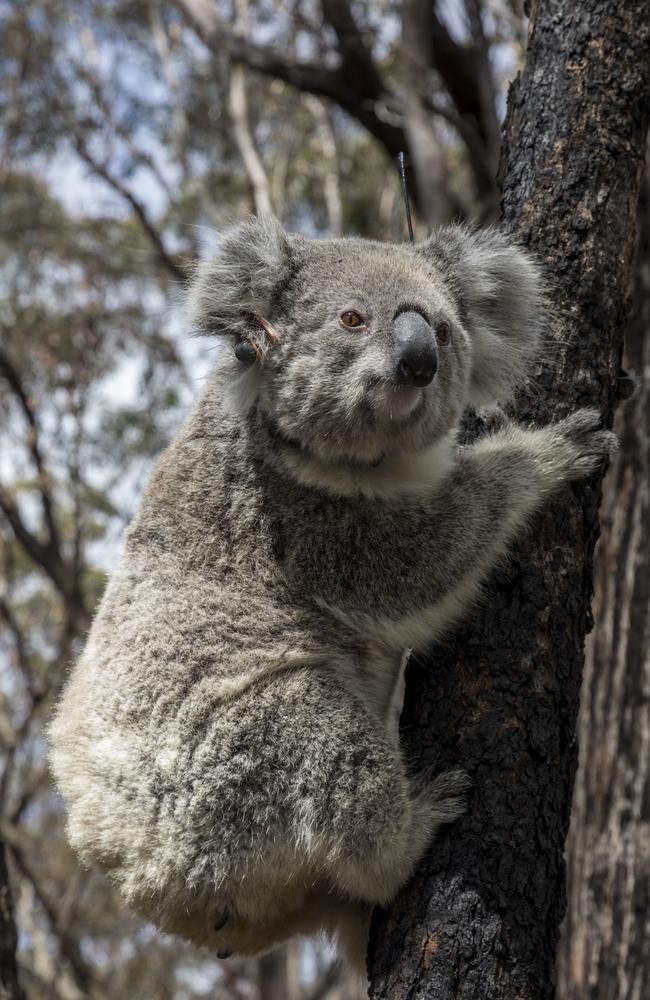
More than 90 per cent of the Kanangra-Boyd National Park was burned but there are patches where the fire didn’t burn as brightly and steep gullies that the flames skipped across, so scientists are still hoping to find other survivors.
“When it’s safe enough to grant good enough access we will take sniffer dogs in to find out what’s left,” Ms Leigh said.
“You could breed up a new population from the 13 koalas we saved but it would not be ideal because they can go into an extinction vortex, where inbreeding causes low reproduction, which causes more inbreeding and so on.”
How the koalas fare back in their habitat will also teach scientists about the species’ chances of survival after devastating bushfires.

